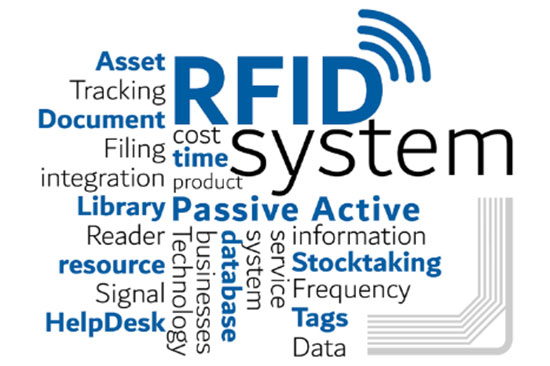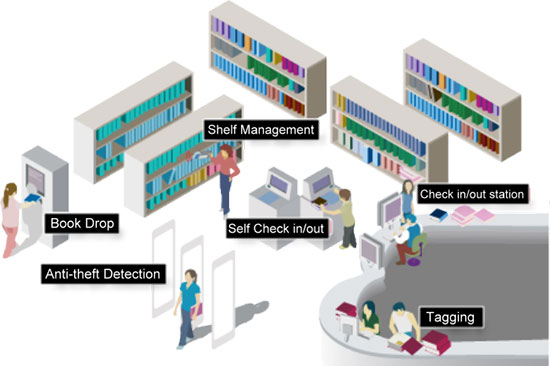Advanced Library Management Software
Advanced Library Management Software is one that uses the latest technology to manage the library functions. In today’s modern time, many other digital software has been introduced by different companies to meet today’s competition. The popular library management software is RFID based library software and also known as library automation software. It is important to note that library automation system advance features have changed the look of the library and convenient for students to use it.
The advanced features of Library Management Software have increased the demand in schools, institutions, universities and many more places. Highly advance Library Management Software caters to the need of the technology and value the research area. It has overcome all the limitations of the traditional library system.
- Modern integrated system
- Easier access
- Can print barcodes
- Simple, clear search interface
- Multilingual
- Export and import records
- Web-based OPAC System
Library Management Software is based on various modules. Library Management Software system helps in the smooth functioning of the library.
- Circulation
- Acquisition
- Periodicate
- Database Management
- Reports
- Budget
- Journal control
- Search OPAC
- System Administrator
Library Management Software is basically based on two types of technologies!
- Barcode System: In this system, a student can return or issue a book with the help of a unique bar code number assigned to every book.
- RFID System: In this system, electromagnetic fields are used to identify and track tags attached to books. The chip and antenna attached together are called an RFID Tag.
The demand for RFID based Library Management Software has increased with the blend of technology. It has converted the traditional library system to the modern library system. It has been designed in such a way to enhance the system as well as various functions of the library and keep in control the inventory system of the library.
Read More:


